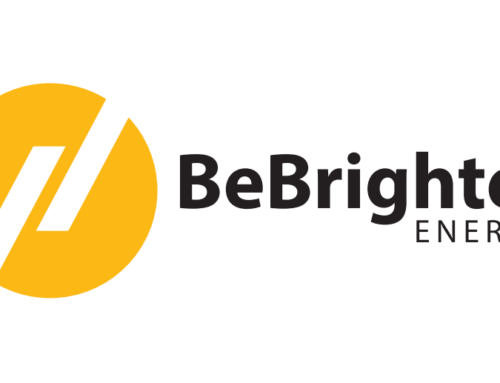Empowering Customer Choice: The Rise of Local Energy
Local energy systems, such as rooftop solar and microgrids, are disrupting the energy market by offering customers a groundbreaking opportunity for choice and affordability. These systems have challenged monopoly laws that grant exclusive selling rights to utilities, paving the way for third-order electricity markets. The unexpected affordability of local energy generation and specific carve-outs in certain states have given rise to a thriving industry, empowering customers with control over their energy consumption and lowering costs.
Disrupting Monopoly Laws: Monopoly laws grant utilities exclusive selling rights, stifling competition. However, generating one’s own electricity falls outside these laws, enabling the affordability of rooftop solar and local energy. This challenges the traditional grid’s economies of scale and drives the momentum of the local energy movement.
Carve-Outs for Third-Party Energy Sales: States like California, Georgia, and Colorado allow third parties to sell kilowatt hours if generated on the same property. Companies like Sunrun, Sunnova, and Solar City offer subscription-based models, owning the hardware and charging homeowners per kilowatt hour. Customers gain control over reliability, environmental impact, and save money.
Growing Momentum: Declining component costs drive local energy system growth. Battery integration reduces reliance on traditional grids. Maturing second-order markets, like solar installations and storage systems, foster more third-order electricity providers. Utilities face genuine competition for the first time.
Conclusion: Local energy systems provide customers with unprecedented choice and affordability. They challenge monopoly laws, enabling affordable rooftop solar and local energy generation. Carve-outs in specific states empower third-party energy sales, transforming the business model. As local energy installations and battery technology advance, utilities must adapt to the customer-driven competition in the energy market. Empowered customers now shape the future of energy consumption.



Leave A Comment